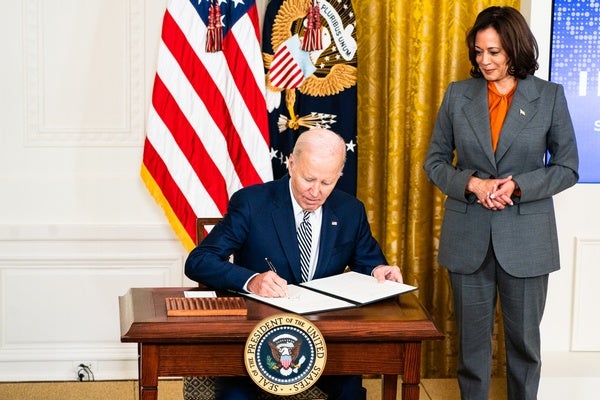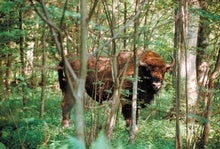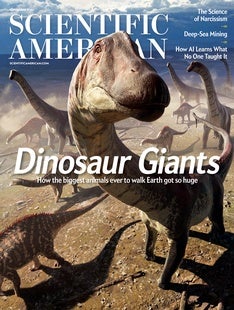 |
| November 07, 2023 |
Last week, President Joe Biden signed an executive order addressing how the federal government should regulate artificial intelligence. Although the 20,000-word order covers a great deal of ground, experts say it is still only a first step toward preventing the potential harms associated with the rapid development of AI. This week's lead story explains what's in the new regulation, and what impact experts predict it will have. |
| |
 |
| |
| |
| |
| |
| |
| |
| Endangered Species How AI Can Help Save Endangered Species Scientists are using artificial intelligence to fight biodiversity loss by analysing vast amounts of data, monitoring ecosystems and spotting trends over time | | By Tosin Thompson,Nature magazine | | | |
| Materials Science Fungi Make Safer Fireproofing Material Scientists are now growing mycelium, the fungal root network, into fire-retardant sheets to provide a safer, nontoxic way to protect buildings | | | | |
| |
| QUOTE OF THE DAY
 "In the absence of clear policies, auditable access logs, and community transparency about the capabilities and costs of Fusus, any community in which this technology is adopted should be concerned about its use and abuse." Beryl Lipton, 404 Media | |
FROM THE ARCHIVE
 | | Safeguarding AI Is Up to Everyone The use of artificial intelligence is so varied and industry-specific, no one federal agency can manage it alone By The Editors | September 2023 | | |
LATEST ISSUES
 |
| |
| Questions? Comments?  | |
| Download the Scientific American App |
| |
| |




















